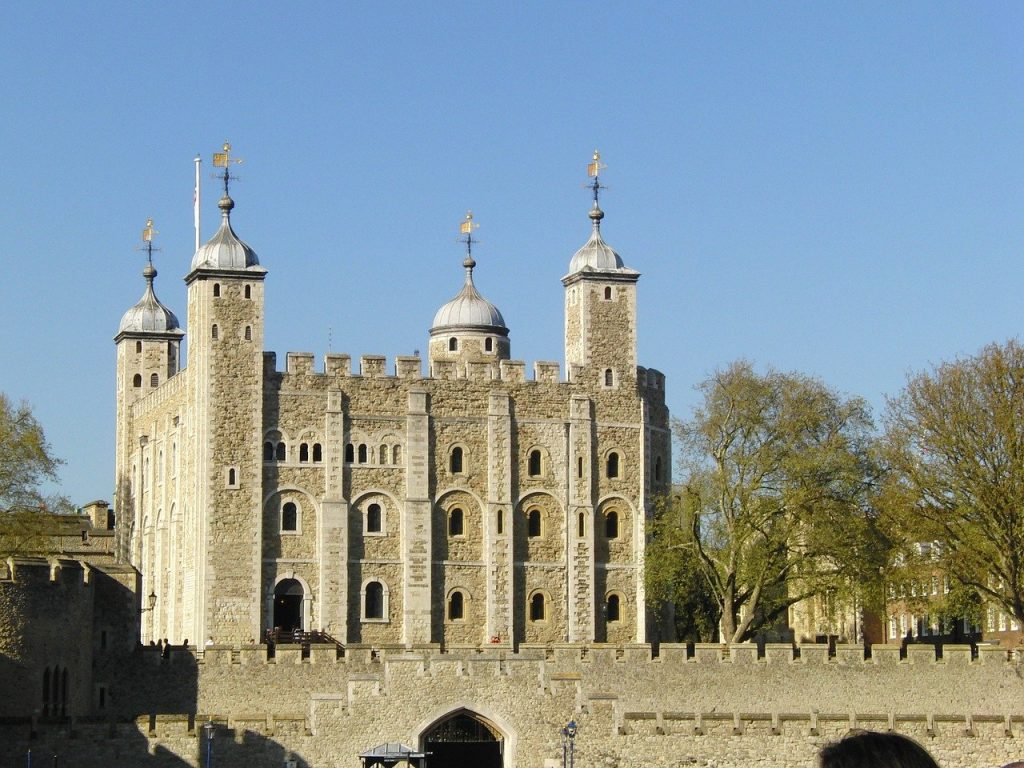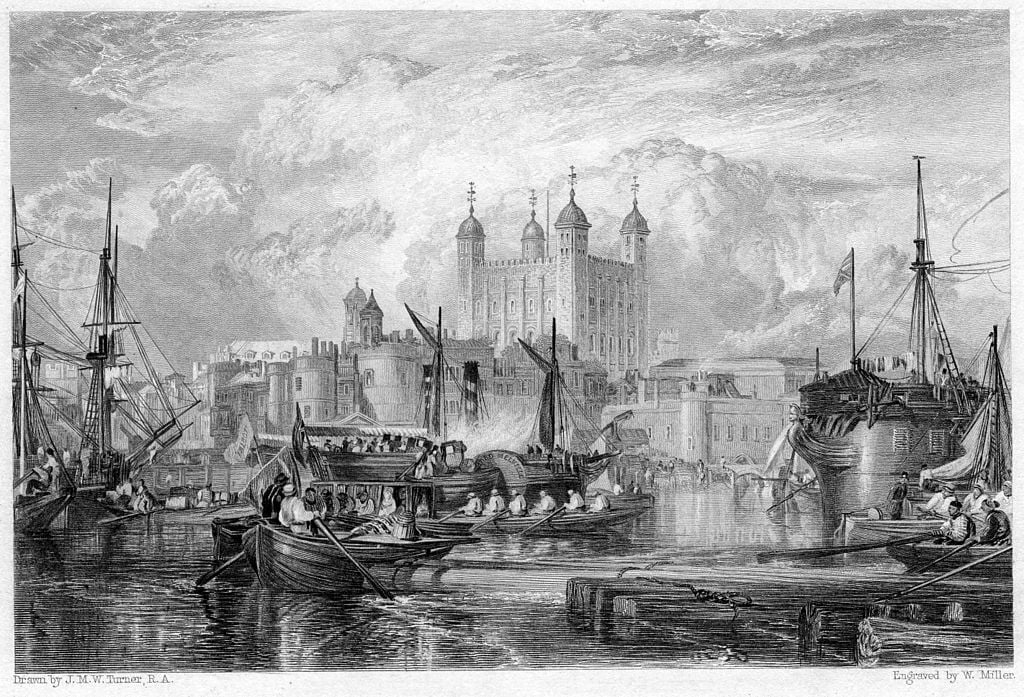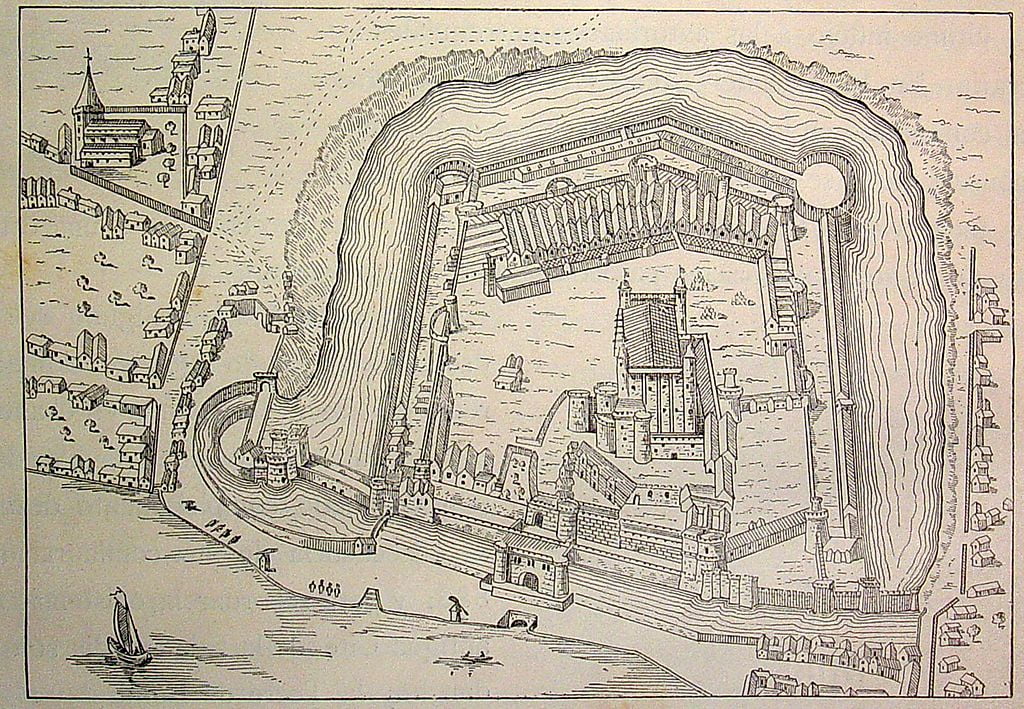Tower of London

The Tower of London, officially His Majesty’s Royal Palace and Fortress of the Tower of London, is a castle located on the north bank of the River Thames in central London. Founded as part of the Norman Conquest of England. The White Tower, which gives the entire castle its name, was built by William the Conqueror as a symbol of oppression, inflicted upon London by the new ruling elite. The castle is used as a prison, although that is not its primary purpose.
The castle’s use as a prison held many prominent figures who had fallen into disgrace within its walls. This use led to the phrase “sent to the Tower”. Giving it an enduring reputation as a place of torture and death. Executions are commonly held on the notorious Tower Hill to the north of the castle,.
A grand palace it serves as a royal residence. As a whole, the Tower is a complex of several buildings set within two concentric rings of defensive walls and a moat. There were several phases of expansion, mainly under kings Richard I, Henry III, and Edward I in the 12th and 13th centuries. The general layout established by the late 13th century remains despite later activity on the site.
The Tower of London has played a prominent role in the Kingdom of England’s history. It was besieged several times, and controlling it is important to controlling the country. The Tower has served variously as an armoury, a treasury, a menagerie, the home of the Royal Mint, a public record office, and the home of the Crown Jewels of England. A procession is led from the Tower to Westminster Abbey on the coronation of a monarch. In the absence of the monarch, the Constable of the Tower is in charge of the castle. This was a powerful and trusted position, the castle was the prison of the Princes in the Tower.



 Buy me a coffee
Buy me a coffee